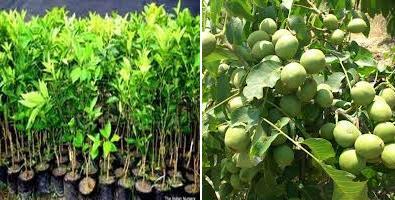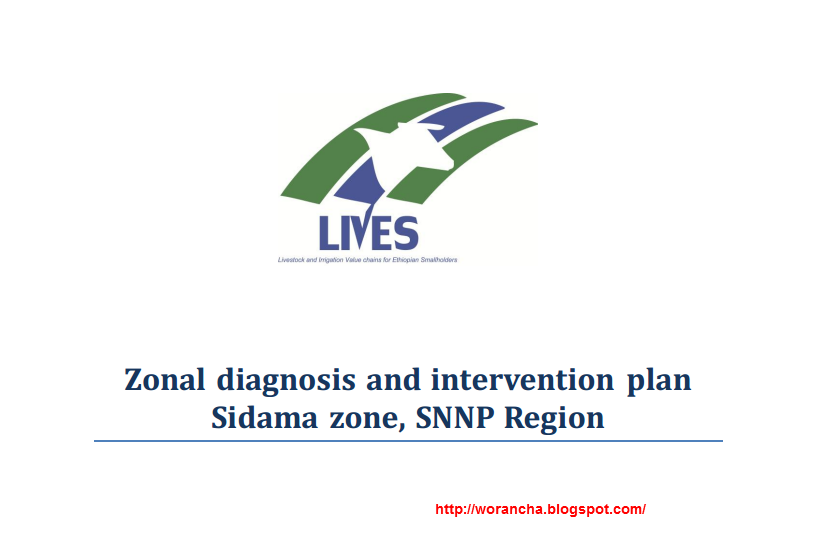በሲዳማ ዞን ከ24 ሺህ ሄክታር የሚበልጥ መሬት በመስኖ እየለማ ነው

አዋሳ ነሐሴ 6/2005 በደቡብ ክልል ሲዳማ ዞን በያዝነው በጋ ወራት በመስኖ ከለማ መሬት ከአራት ሚልዮን ኩንታል የሚበልጥ የፍራፍሬ ፣ጓሮ አትክልት፣ስራ ስርና የቋሚ ሰብል ምርት መገኘቱን የዞኑ ግብርና መምሪያ ገለጸ፡፡ በመምሪያው የግብርና ልማት እቅድ የስራ ሂደት ኦፊሰር አቶ ደርቤ በትራ ሰሞኑን ለኢትዮጵያ ዜና አገልግሎት እንደገለጹት ምርቱ የተሰበሰበው በሁለት ዙር በበጋው በመስኖ ከለማ 24 ሺህ 550 ሄክታር መሬት ላይ ነው፡፡ በየአካባቢው ምንጭ በማጎልበት፣ አነስተኛ የእጅ ጉድጓዶች በመቆፈር፣ በባህላዊ መንገድ ወንዝ በመጥለፍና በቤተሰብ ደረጃ የኩሬ ውሃ በማሰባሰብ የልማቱ ስራ መከናወኑን ገልጸው በልማቱ ከ530 ሺህ የሚበልጡ አርሶ አደሮች ተሳትፈዋል ብለዋል፡፡ የመስኖ ልማቱ ካለፈው ዓመት በ13ሺህ ሄክታር፣በምርት በሶስት ሚልዮን ኩንታል ብልጫ እንዳለው ጠቁመው በዞኑ አብዛኛው አርሶ አደር ቀደም ሲል የዝናብ ወቅትን ጠብቆ በዓመት አንድ ጊዜ ብቻ የሚያመርት በመሆኑ መስኖ ልማት የምግብ ዋስትናን ለማረጋገጥ ቁልፍ አማራጭ እየሆነ መምጣቱን ገልጸዋል፡፡ በመስኖ ልማትና ግብአት አጠቃቀም ላይ ለአርሶ አደሮቹ ስልጠና መስጠቱን ገልጸው በልማት ቡድንና በአንድ ለአምስት ተደራጅተው በመስራት በርካታ አርሶ አደሮች ውጤታማ መሆናቸውን ተናግረዋል፡፡ የቦርቻ ወረዳ አርሶ አደሮች እንደገለጹት በአከባቢያቸው የሚገኘውን ወንዝ በመጥለፍ ምርጥ ዘርና ማዳበሪያ መጠቀም ከጀመሩ ወዲህ ኑሮአቸው እየተለወጠ ከመምጣቱ ባሻገር ሞዴል አርሶ አደር በመሆን ለሽልማት መብቃታቸውን ገልጸዋል፡፡ http://www.ena.gov.et/Story.aspx?ID=10754&K=1




